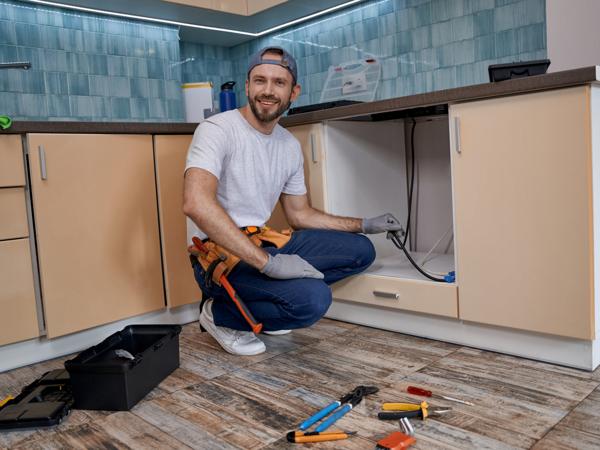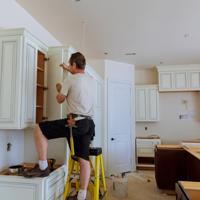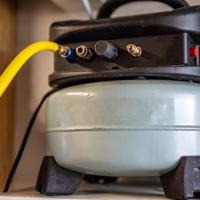Welcome to the Electrical section of DIY Home Tips, a humble corner where home improvement meets everyday practicality. Whether you're a novice just starting or someone with a bit more experience, this guide aims to walk you through the essentials of home wiring. Remember, when it comes to electrical work, safety should always be your top priority. It’s often beneficial to consult or hire a licensed electrician for complex jobs.
Understanding the Basics
What is Home Wiring?
Home wiring refers to the electrical infrastructure that supplies power to outlets, switches, and appliances in your home. It involves a network of electrical cables, circuit breakers, and panels that together form the safe delivery system of electricity throughout your living space.
Components of a Wiring System
Cables and Wires: The backbone of any electrical system, typically made up of copper or aluminum. Cables typically carry multiple wires enclosed in a sheath.
Circuit Breakers: These are safety devices found in the breaker box that protect your home from overloads or short circuits. They automatically cut power when a fault is detected. This is part of good electrical safety tips.
Electrical Panels: Serve as the main distribution point for electrical circuits. It's also sometimes called a fuse box or breaker box.
Outlets: Also known as receptacles, these allow you to plug in electrical devices. They come in a variety of types, including GFCI (Ground Fault Circuit Interrupter) for wet areas like bathrooms and kitchens.
Safety First
When dealing with electricity, it's crucial to prioritize safety. Here are key safety tips to consider:
Turn Off Power: Before starting any electrical work, switch off the power at the circuit breaker to the area you'll be working on.
Use Insulated Tools: These reduce the risk of electrical shock when working near live wires.
Check and Double-Check Connections: Loose connections can lead to fires. Make sure all connections are tight.
Common Wiring Techniques
Connecting Wires
A simple and fundamental skill is connecting wires securely. Here’s a basic approach:
Wire Nuts: These plastic caps twist on the end of two or more wires, safely connecting them together. Make sure wires are twisted tightly and inserted fully into the nut.
Pigtail Connections: This involves splicing a short piece of wire (a pigtail) into existing wires to add additional connections without overloading the existing terminals.
Running Cables
Running new cables might seem daunting, but following methodical steps can make it manageable:
Plan Your Route: Identify an efficient and safe route for your cable, checking for any obstacles or existing utilities that might interfere.
Drill Holes: If running cables through wooden beams or studs, you’ll need to drill appropriate-sized holes. You may need to use specific Tools and Equipment.
Secure with Staples: Use insulated staples to secure wiring along beams, using only enough force to hold the wire without damaging it.
Understanding Different Wire Colors
Wire colors might differ slightly based on your location, but typically follow these conventions:
Black/Red Wires: Usually signify live (or hot) wires carrying current.
White Wires: Generally represent neutral wires. These return electricity to the panel.
Green/Bare Copper Wires: Ground wires, essential for safety—they carry electricity safely to the ground in case of a fault.
Resources for Continued Learning
While we've covered basic wiring elements here, continual education is valuable. Consider reviewing resources such as:
NFPA 70 (National Electrical Code): A regionally adoptable standard for the safe installation of electrical wiring and equipment.
Online Tutorials & Videos: Websites like YouTube or educational platforms often offer detailed guides and demonstrations.
Conclusion
Electrical wiring in your home is a significant component of overall home safety and efficiency. While this guide captures some of the basics, we recommend seeking further guidance for any advanced work or if you're unsure about any step.
Your journey to understanding electricity doesn’t need to be rushed. Take your time, ask questions, and prioritize safety. Every effort made in learning is a step towards a safer, more competent DIY home enthusiast!
We hope this guide serves as a useful starting point for your electrical projects. Feel free to browse other sections of DIY Home Tips for more insights and practical ideas.




